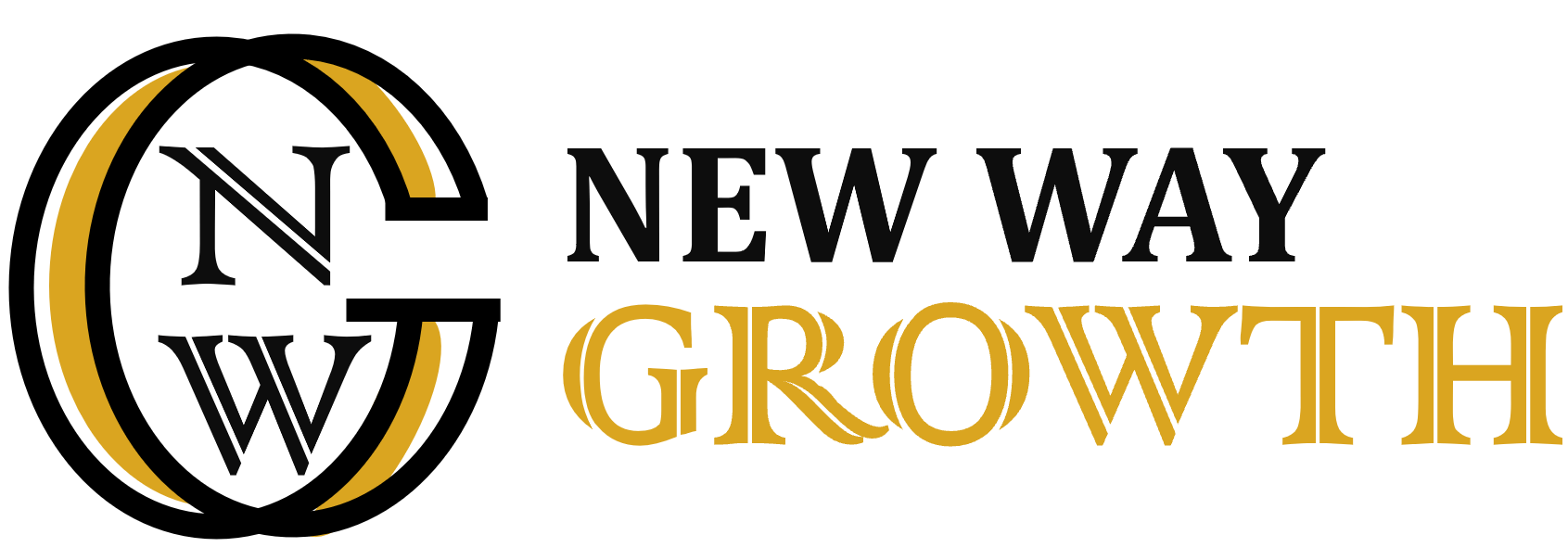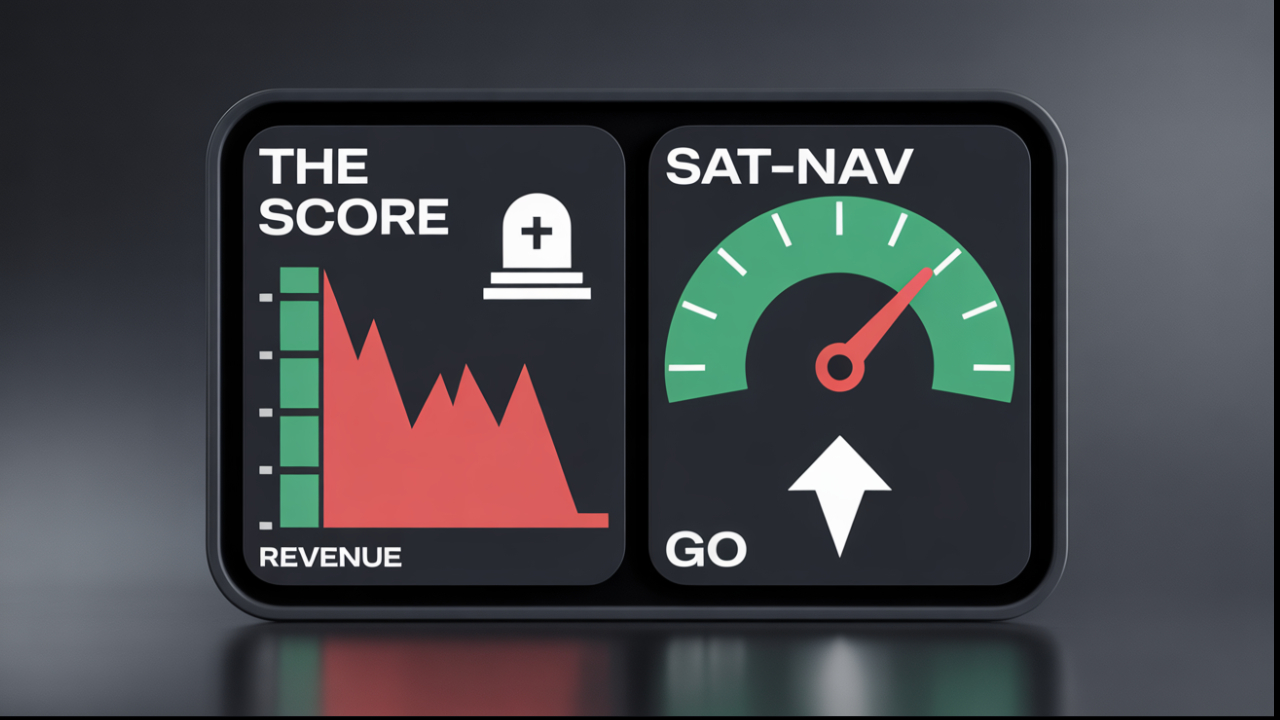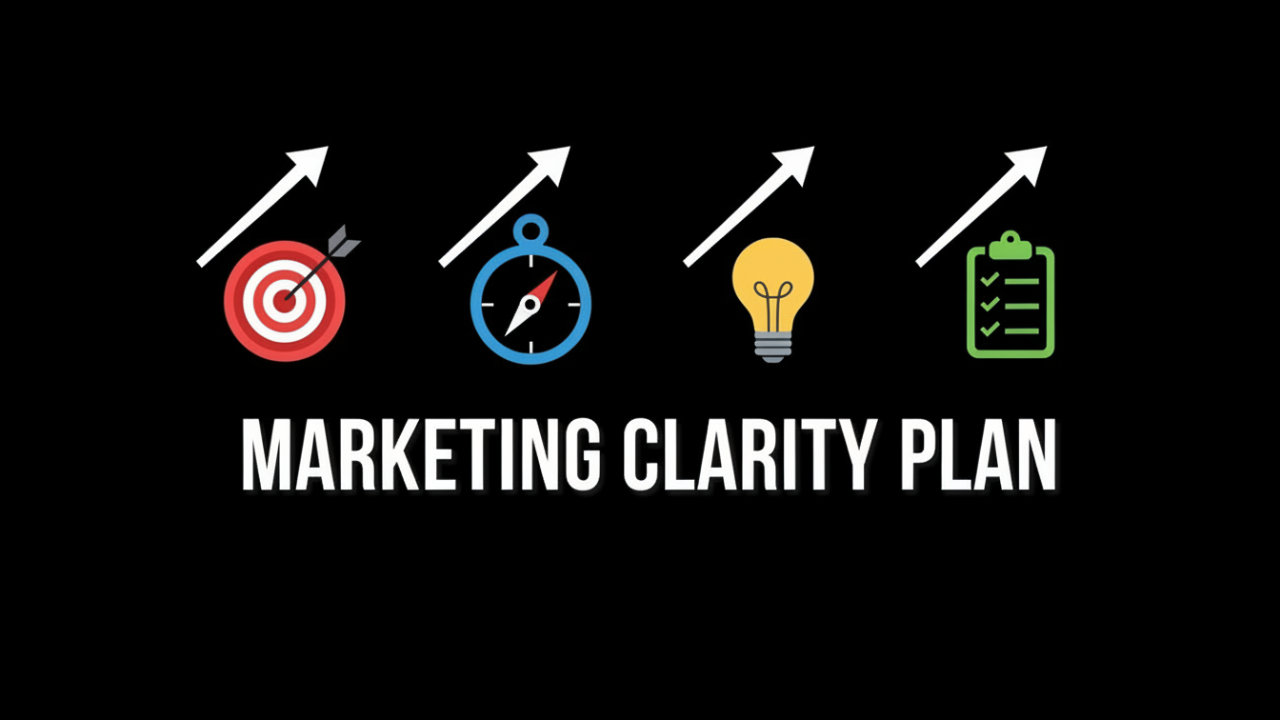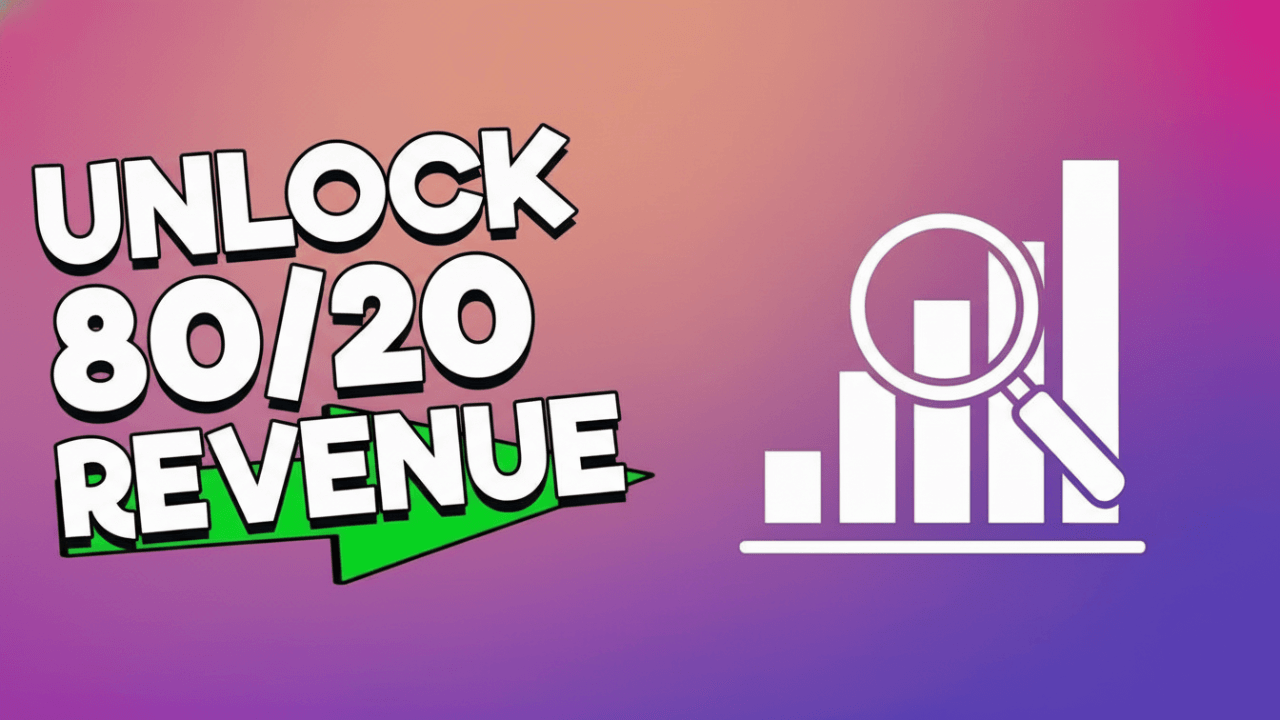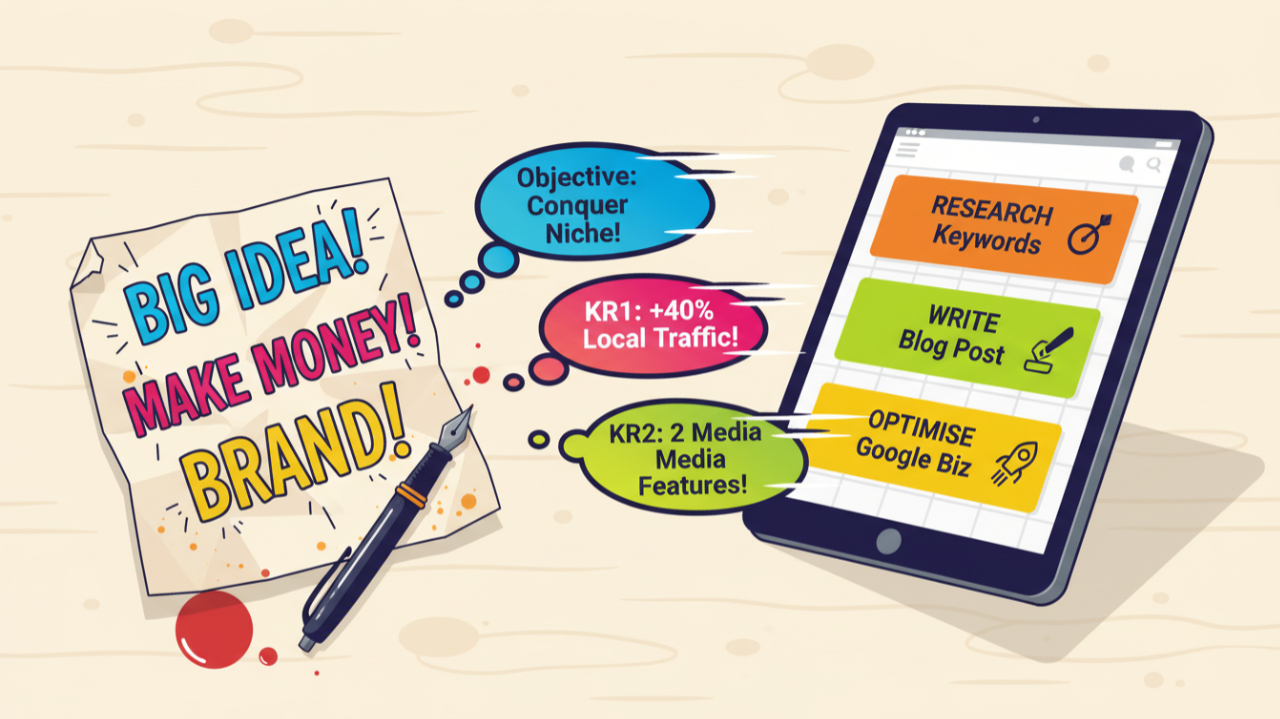Developing the right Strategy for you and your Business
Digital Marketing and Social Media encompasses many moving pieces that work together to to attract and engage prospects, convert leads into customers, and transform buyers into raving fans.
Developing the right Strategy for you and your business is a critical part to the process, helping you get closer to meeting your marketing goals. This can include…
Developing a Social Media Strategy
First, decide which Social Media networks / platforms work best for your business. For example, if you're a B2B company, or you sell luxury goods, Pinterest and Instagram may not be the best choice for you. If you're targeting a younger audience, Snapchat might suit you better.
Secondly, ascertain what it is you want to achieve with your digital strategies. Are you looking to drive traffic to your website? Or perhaps increase brand awareness? Or maybe sell more of your product? Whatever it is that you are looking to achieve, make sure that all of your efforts are working towards this goal.
Once you have decided on the Social Media networks / platforms that will work best for your business and what it is that you would like to achieve with these platforms, it's time to start planning out how exactly you are going to support these digital strategies.
Developing Paid Advertising Campaigns
This is the fun part of your marketing strategy. Creating paid campaigns includes:
Understanding where your ideal prospects hang-out (your
Customer Avatar
is a priority exercise), which platforms work best, what size budget, and remember, 80% of Ad share is across Google and Facebook.
Developing well thought out copy that incorporates a call to action for your target audience. This takes time, so don’t rush it.
Fully understanding how the platform you are using works, including the use of pixels to track conversions.
Creating your Social Profiles
This is your Name, Logo, Tag Line, Bio, Description, etc, etc. Ensure these are consistent across your platforms. Create a standard in word, then when you alter it, you know you've got to amend on all platforms.
Create a 6-word bio – how would you describe what you do in 6 words?
Create a 30-second elevator pitch – use the 6 words and expand into more detail about what you do
Create a 60-second elevator pitch – use the 30-second pitch as a springboard and expand further. You should now have enough information to adjust as needed for each platform.
Creating and Posting Content
The trickiest of things to keep on top of, but Routine and Consistency are key here. (Download this FREE
Social Media Content Planner
to get you started).
Respond to Comments – your followers will expect a response to their comments and questions, so don’t ignore them!
Engage with Other Pages and Profiles – liking, commenting, sharing and tagging will help you gain exposure to new audiences.
Make sure you have your Brand Guidelines in place – so that all your content is consistent.
Share Other People’s Content (with their permission) – It’s important that you are not always selling your own services or products, people like a balance.
Creating a Social Media Schedule
This will be your most valuable tool in establishing a seamless social media schedule. It helps you to stay on top of which social networks you're posting to each day and what type of posts are working best for you.
The first step is to create the type of post that you'll be consistently sharing, whether it's blog content or images and quotes. You can do this by typing up the content in a word or excel document and saving it as a draft or by using tools like Promorepublic to create the copy, graphics and schedule it for a specific date and time all in one go.
Responding to Fans and Followers
Responding to Fans and Followers – Social Media is about engagement, ensure you respond in a timely manner, keep the conversation going with additional questions, building that Know, Like and Trust factor.
There are so many great benefits to social networking for your business; here are just a few:
- Increase brand awareness
- Increase targeted traffic
- Build relationships with your customers
- Establish yourself as an expert within your industry or niche
- Learn more about your target market
Tracking Performance
The basics of marketing are pretty simple. By finding the right mix of content and tactics, you can get your message out to the right people at the right time. But even this basic formula has its challenges.
It's important to track how your efforts are working. If you're not tracking performance, then you'll never know whether or not you're winning these battles and making progress towards your goals.
(you can download our
Social Media Effectiveness
Tracker Here.
Conclusion
Being active and engaged with Digital Marketing and Social Media means your customers get to see, your brand, your solutions, they can ask questions, engaging with you on a personal level.
One of the biggest failure’s businesses have with Digital Marketing and Social Media is not being CONSISTENT
as previously stated and I continually talk about (like a stuck record 😁😁). You must dedicate TIME
and RESOURCE
to be EFFECTIVE
with Digital Marketing.
ROUTINES + CONSISTENCY = RESULTS
PS: We excel at helping Small Businesses (from Manufacturing to Service Providers) cultivate and grow their online audience and win additional sales.
If you'd like help with Social Media Management and or Digital Marketing don’t hesitate to contact me or click the link below for more info on how we can support.
